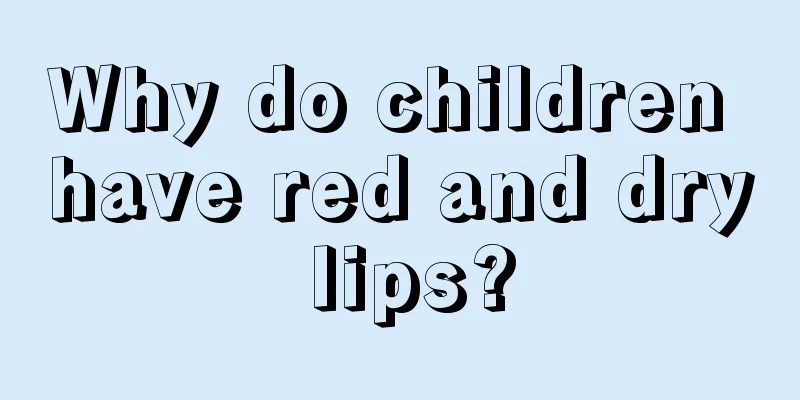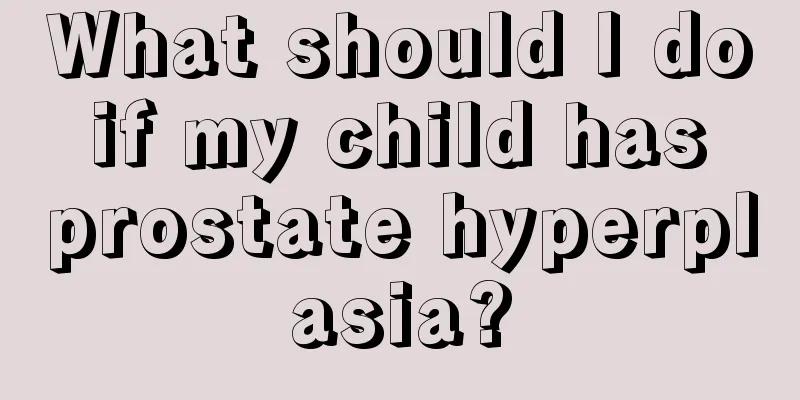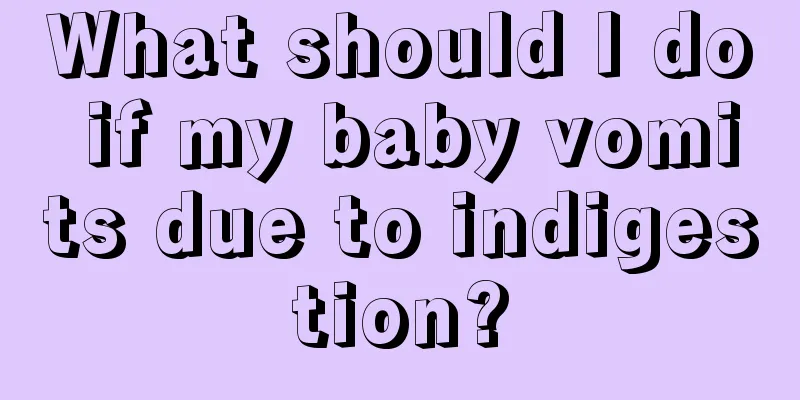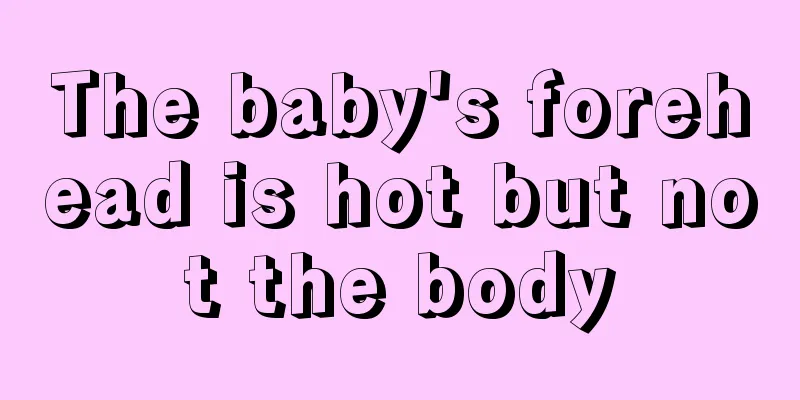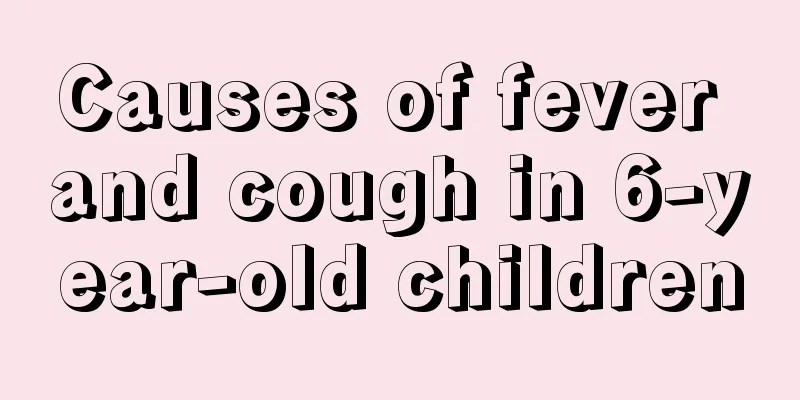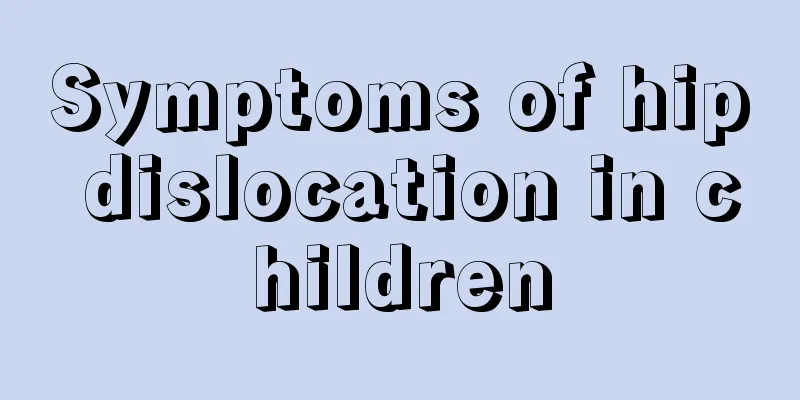What are the symptoms of sinusitis in children?
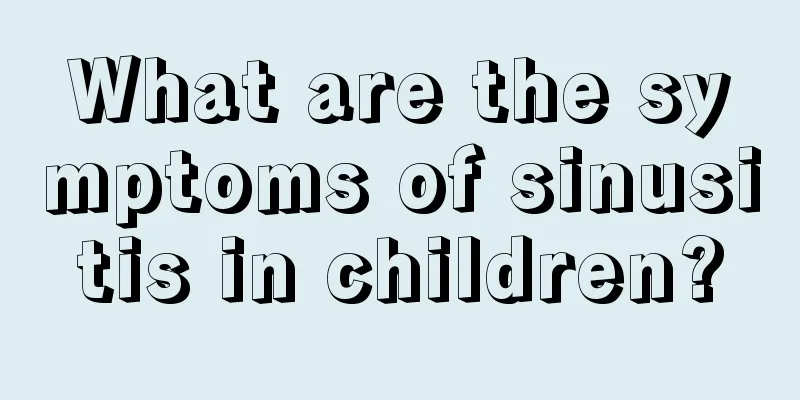
|
Sinusitis in children is actually very common in life. Many friends think that sinusitis only occurs in adults, but this is not the case. The symptoms of sinusitis in children are also relatively obvious. For example, acute sinusitis may cause shortness of breath, nasal congestion, runny nose, fever, etc. Some severe patients may also have convulsions. Symptoms of sinusitis in children can be divided into acute sinusitis and chronic sinusitis according to the clinical manifestations of sinusitis. 1. Acute sinusitis: The early symptoms are similar to those of acute rhinitis or colds, but the systemic symptoms are more obvious than those in adults. Therefore, in addition to nasal congestion and excessive purulent discharge, there may be symptoms such as fever, dehydration, mental depression or irritability, rapid breathing, refusal to eat, and even convulsions. It is also accompanied by sore throat and cough; it may also be accompanied by acute otitis media, nosebleed, etc.; older children may complain of headache or pain on one side of the cheek. 2. Chronic sinusitis: The main symptoms are intermittent or frequent nasal congestion, mucous or mucopurulent nasal discharge, and frequent nose bleeding. Severe patients may show lack of energy, poor appetite, weight loss or low fever, and may even develop systemic diseases such as anemia, rheumatism, joint pain, colds, gastrointestinal or kidney diseases, resulting in developmental problems. Due to long-term nasal obstruction and mouth breathing, the children suffer from developmental abnormalities in the maxillofacial, chest and intellectual functions. Treatment (1) Antibiotics: Correct and appropriate use of antibiotics is the golden rule for treating acute sinusitis. The antibiotic treatment course for acute sinusitis should be at least 10 to 14 days. If symptoms are not relieved, it needs to be extended for another two weeks. Because the bacteria are located very deep inside the body, antibiotics must reach a certain concentration in the blood to have a therapeutic effect. The deeper the infection, the longer it will take. (2) Drainage of pus: In addition to the immediate effect of improving nasal congestion, since children's nasal cavity and sinus connectivity is greater than that of adults, suction through the nasal cavity can effectively help drain pus, especially for children who cannot blow their nose or are unwilling to blow their nose. (3) Deswelling of nasal mucosa: In addition to the assistance of drugs (such as decongestants), local nasal steam therapy and nasal irrigation can help remove mucus and also have a deswelling effect on the nasal mucosa. |
<<: What can children eat to cure dry cough quickly?
>>: What are the symptoms of fright in children?
Recommend
How to make complementary food for one and a half year old baby
When the baby is about one and a half years old, ...
What are the symptoms of urinary tract infection in children?
Since children have poorer physical constitutions...
How to take medicine for children's sore throat?
It is common for children to have sore throats. F...
The dangers of cerebral palsy in children
We also call cerebral palsy in children cerebral ...
Isotope therapy for infantile hemangioma
Isotope therapy is a new treatment method. Many d...
What to do if your baby always gets better from a cold
Children can be said to be the treasure of a fami...
What to do if a newborn baby has blisters on his upper lip
The problem of blisters on the upper lips of newb...
What should I do if my child has been coughing for several months and still not getting better?
Although a mild cough is not a big problem, if yo...
Newborn baby has nasal mucus deep in nose
The birth of every baby is a wonderful event and ...
What should I do if my baby has a runny nose?
Generally, children's immunity is very weak a...
Pediatric variant asthma
The probability of children getting asthma is als...
Pseudomyopia in primary school students
Nowadays, more and more teenagers are starting to...
How to help children lose weight?
In life, many parents hope that their children ar...
What is the normal heart rate for children?
For parents, it is very necessary to understand t...
The dangers of childhood obesity
As our quality of life continues to improve, many...
